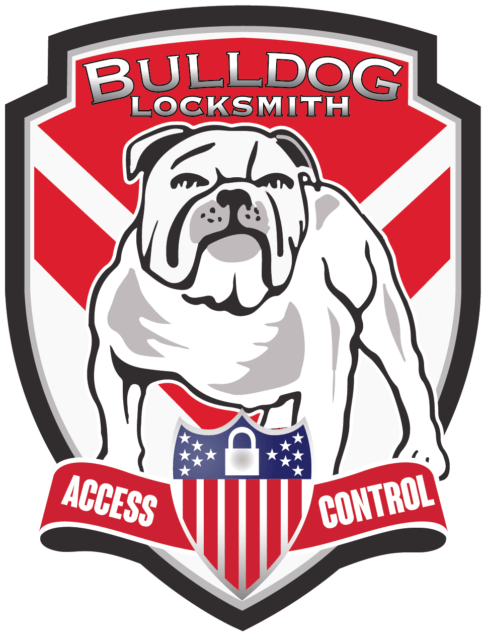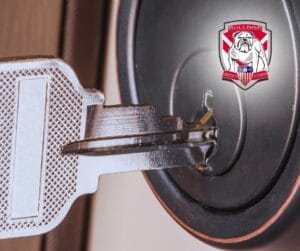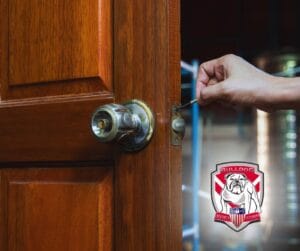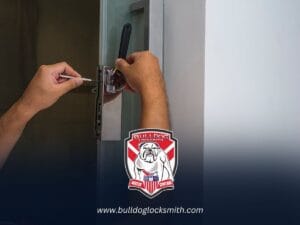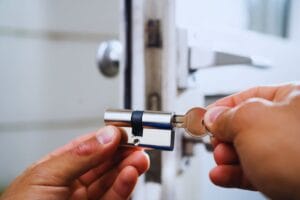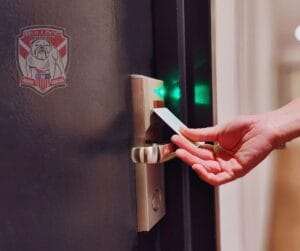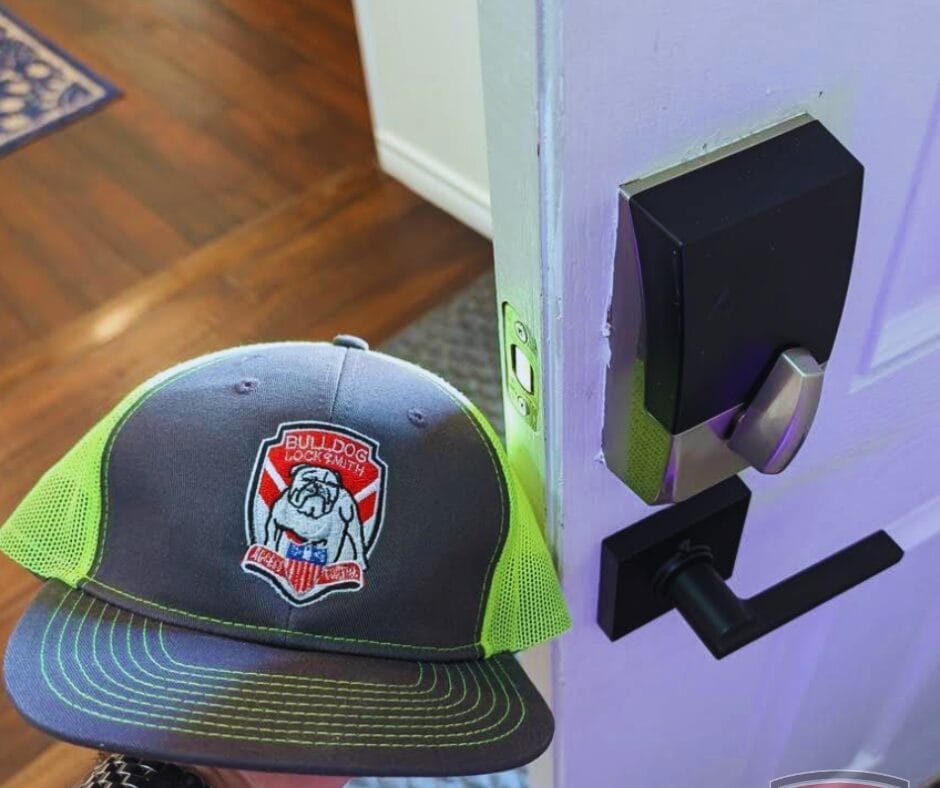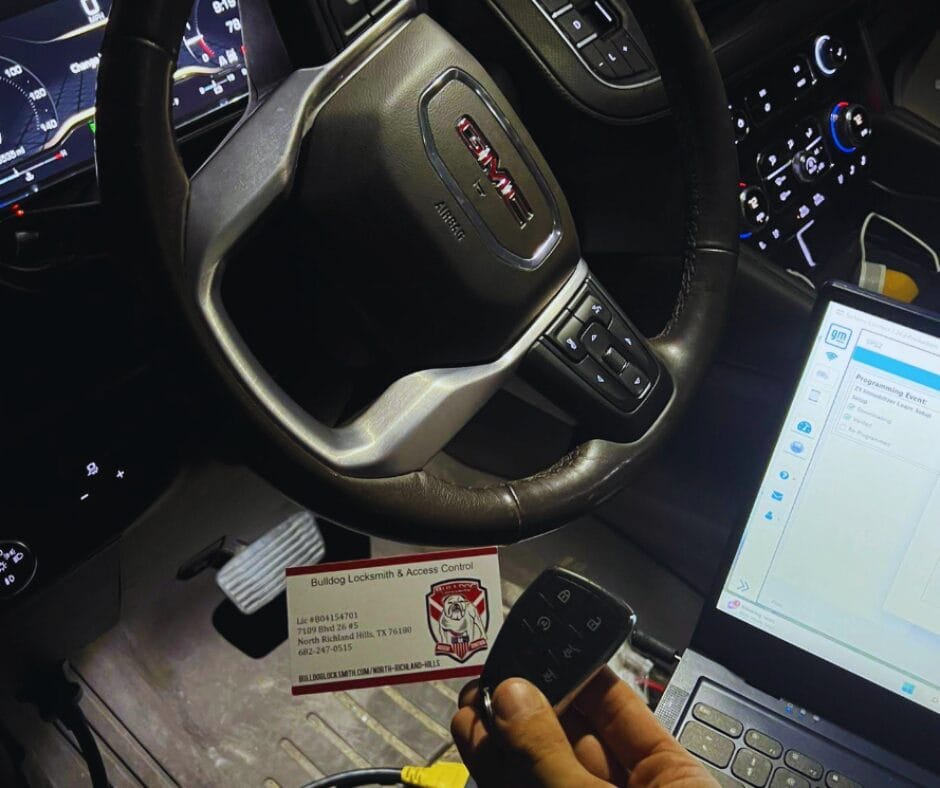
Best DIY Lock Installation and Repair Guides: Find essential tips and step-by-step instructions for installing and repairing locks at home. Learn about necessary tools, choosing the right lock, and troubleshooting common issues. Ideal for enhancing security without professional help.
Enhancing the security of your home is a priority for every homeowner, and understanding how to install and repair locks can be an invaluable skill. At Bulldog Locksmith & Access Control in Irving, TX, we believe that everyone should have access to the knowledge and tools necessary to maintain their own security. This guide will provide you with essential tips and step-by-step instructions to help you confidently tackle lock installation and repair tasks.
Choosing the Right Lock
The first step in any lock installation or repair project is choosing the right lock for your needs. There are several types of locks to consider, including:
- Deadbolts: Ideal for exterior doors, offering a high level of security.
- Knob Locks: Commonly used for interior doors and combined with deadbolts on exterior doors.
- Lever Handle Locks: Often used in commercial settings, these are easier to open than knob locks.
- Electronic Locks: Provide keyless entry and often integrate with smart home systems.
Consider the location and purpose of the lock when making your selection. For example, a deadbolt is best for exterior doors, while a knob lock may suffice for a bedroom door.
Tools You Will Need
Before starting your DIY lock installation or repair, gather the necessary tools. Here’s a basic list to get you started:
- A screwdrivers (both flathead and Phillips)
- A drill and drill bits
- A tape measure
- A chisel
- A hammer
- Pliers
- A level
- Lock installation kit (optional but helpful)
Step-by-Step Installation Guide
- Prepare the Door: Ensure the door is appropriately sized and aligned with the frame. Use a tape measure to confirm the thickness of the door and the backset (the distance from the edge of the door to the center of the lock hole).
- Mark the Lock Location: Most lock kits come with a template. Position the template on the door, ensuring it is level, and mark the drill points with a pencil.
- Drill the Holes: Use the drill and the appropriate drill bits to create holes for the lock cylinder and latch. Be sure to drill straight and steady to avoid damaging the door.
- Chisel the Mortise: A mortise is the recess where the lock sits in the door. Use a chisel and hammer to create a clean, level mortise for the lock components.
- Install the Lock: Insert the latch into the hole and secure it with screws. Next, place the lock cylinder through the hole and attach the exterior and interior components according to the manufacturer’s instructions. Tighten all screws securely.
- Test the Lock: Ensure the lock operates smoothly. The key should turn without resistance, and the latch should retract fully when the handle or knob is turned.
Common Lock Repair Tips
Even the best locks can encounter issues over time. Here are some common problems and solutions:
- Loose Doorknob or Handle: Tighten the screws on the knob or handle. If the screws are stripped, replace them with longer or thicker screws.
- Key Stuck in Lock: Apply a graphite lubricant to the keyhole and gently wiggle the key to loosen it. Avoid using oil-based lubricants, as they can attract dirt and debris.
- Lock Mechanism Jamming: Remove the lock and clean the internal components. Reassemble the lock, ensuring all parts are correctly aligned and moving freely.
- Misaligned Strike Plate: Adjust the position of the strike plate on the door frame to ensure it aligns with the latch. You may need to enlarge the strike plate hole slightly.
When to Call a Professional
While DIY lock installation and repair can save you money, some situations require professional expertise. If you encounter a complex issue or feel uncertain about any step of the process, don’t hesitate to contact Bulldog Locksmith & Access Control. Our team of experienced locksmiths is available 24/7 to assist with all your lock and security needs.
Conclusion
By understanding the basics of lock installation and repair, you can enhance the security of your home and save on professional service costs. However, always prioritize safety and don’t hesitate to seek professional help when needed. For residents in Irving, TX, Bulldog Locksmith & Access Control is your reliable partner for all locksmith services. Contact us today for expert advice and assistance.
